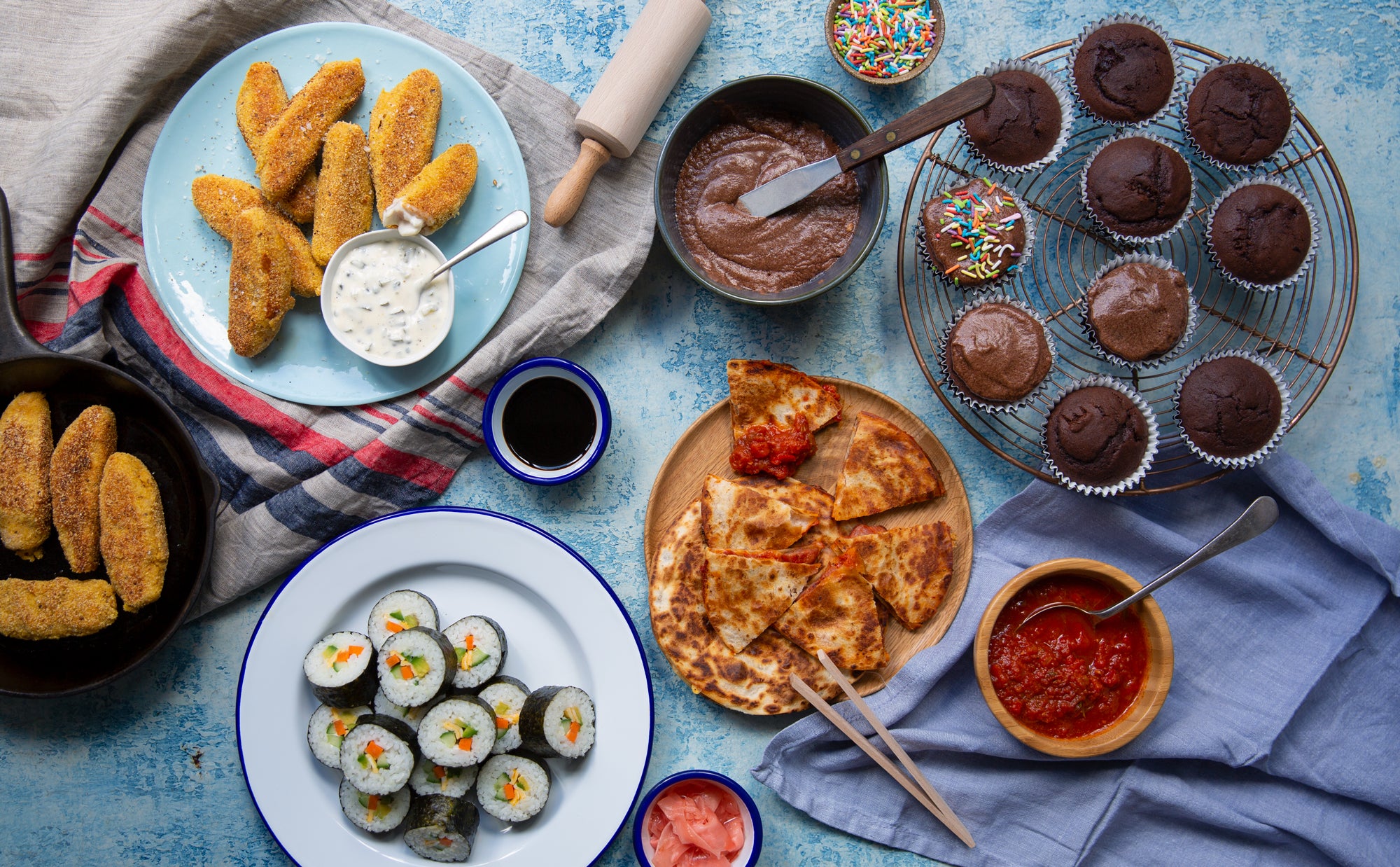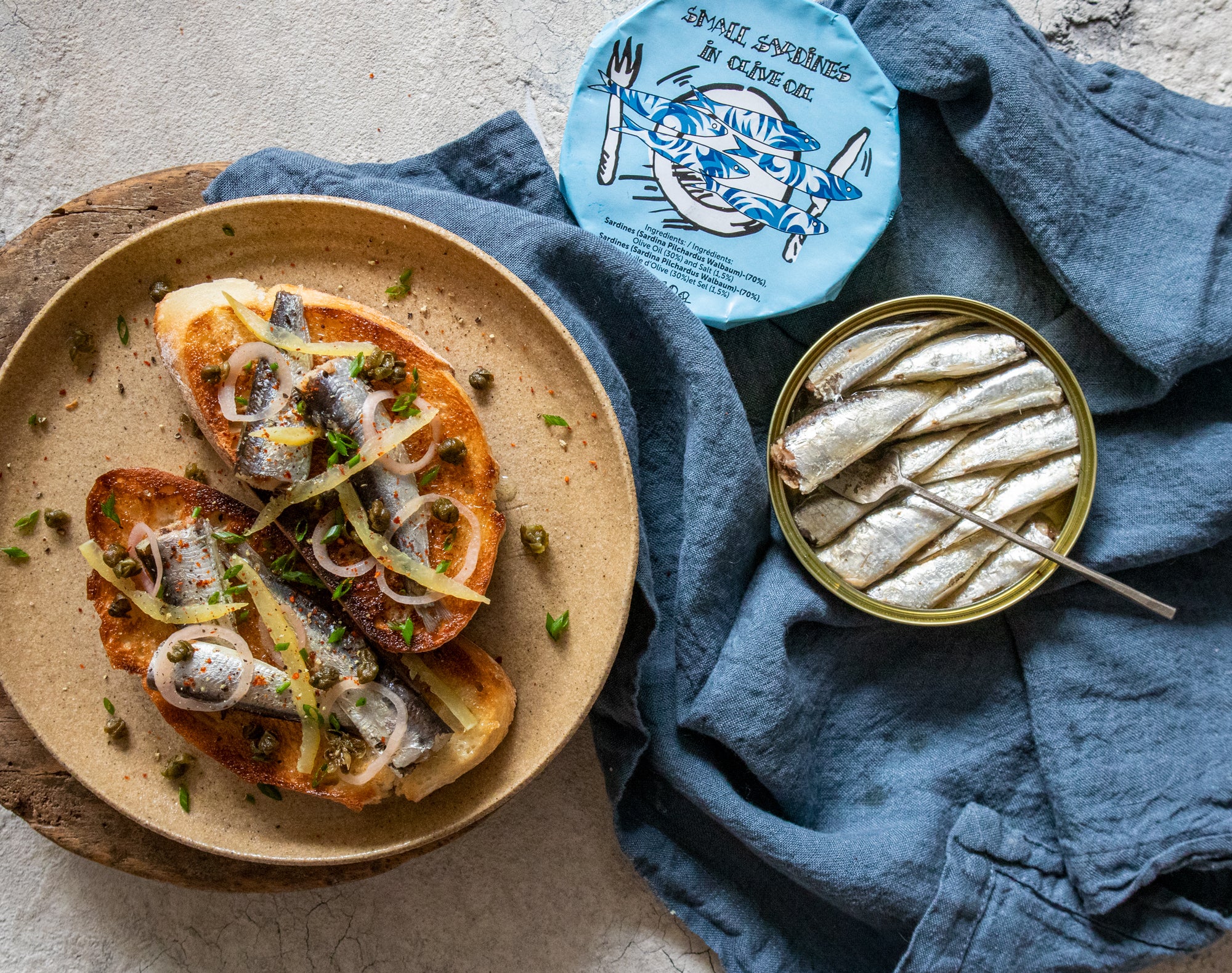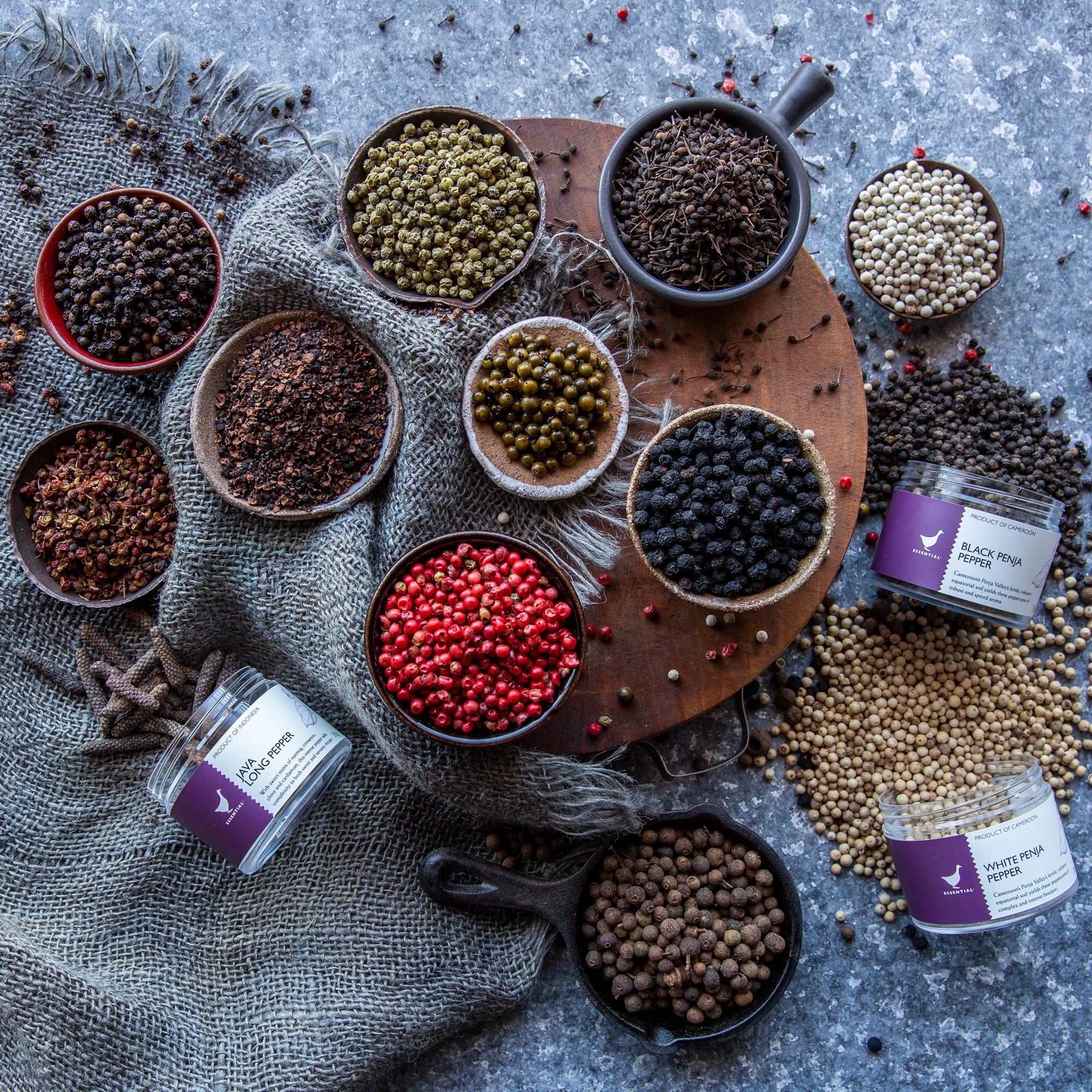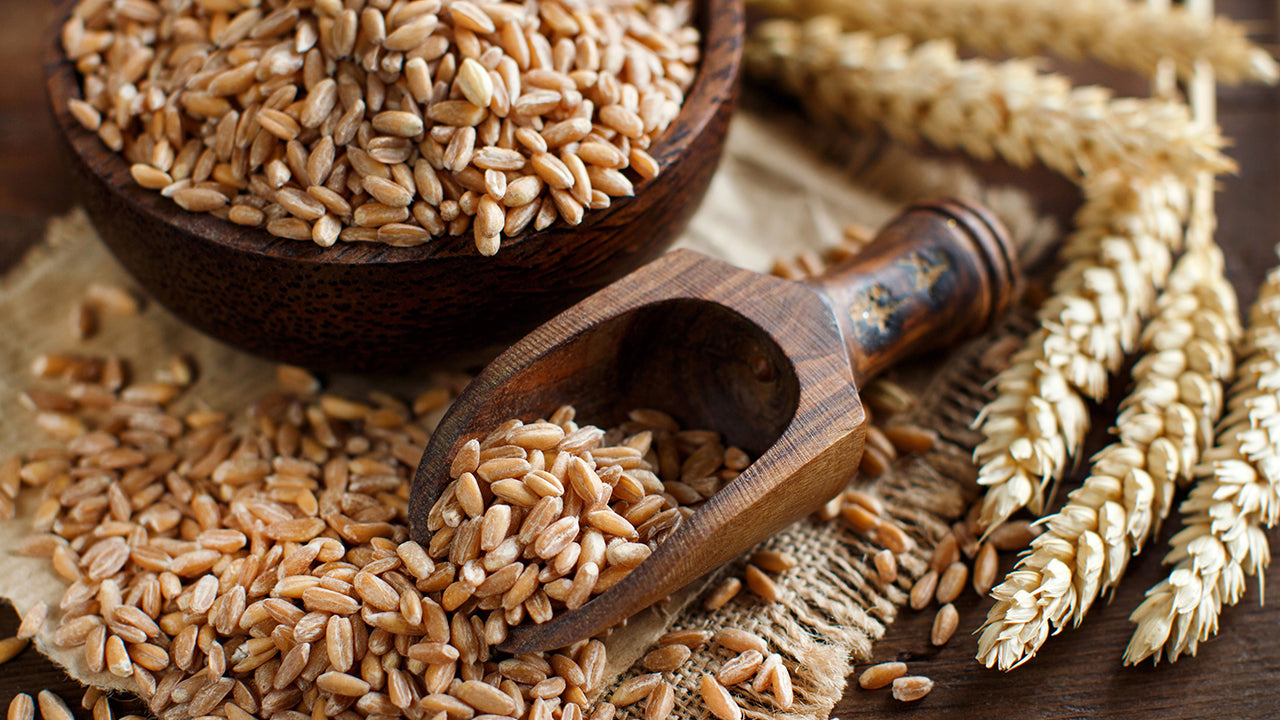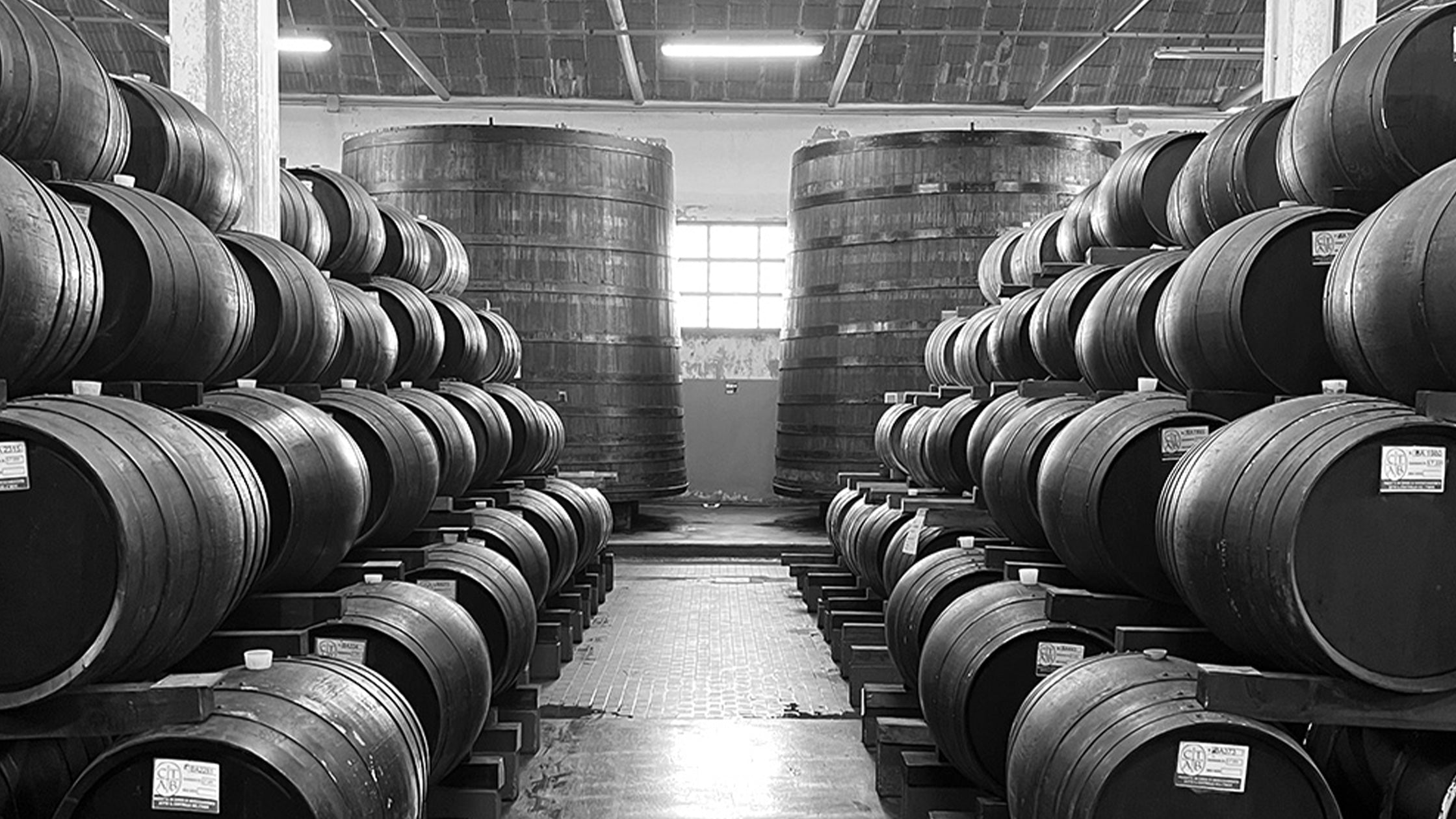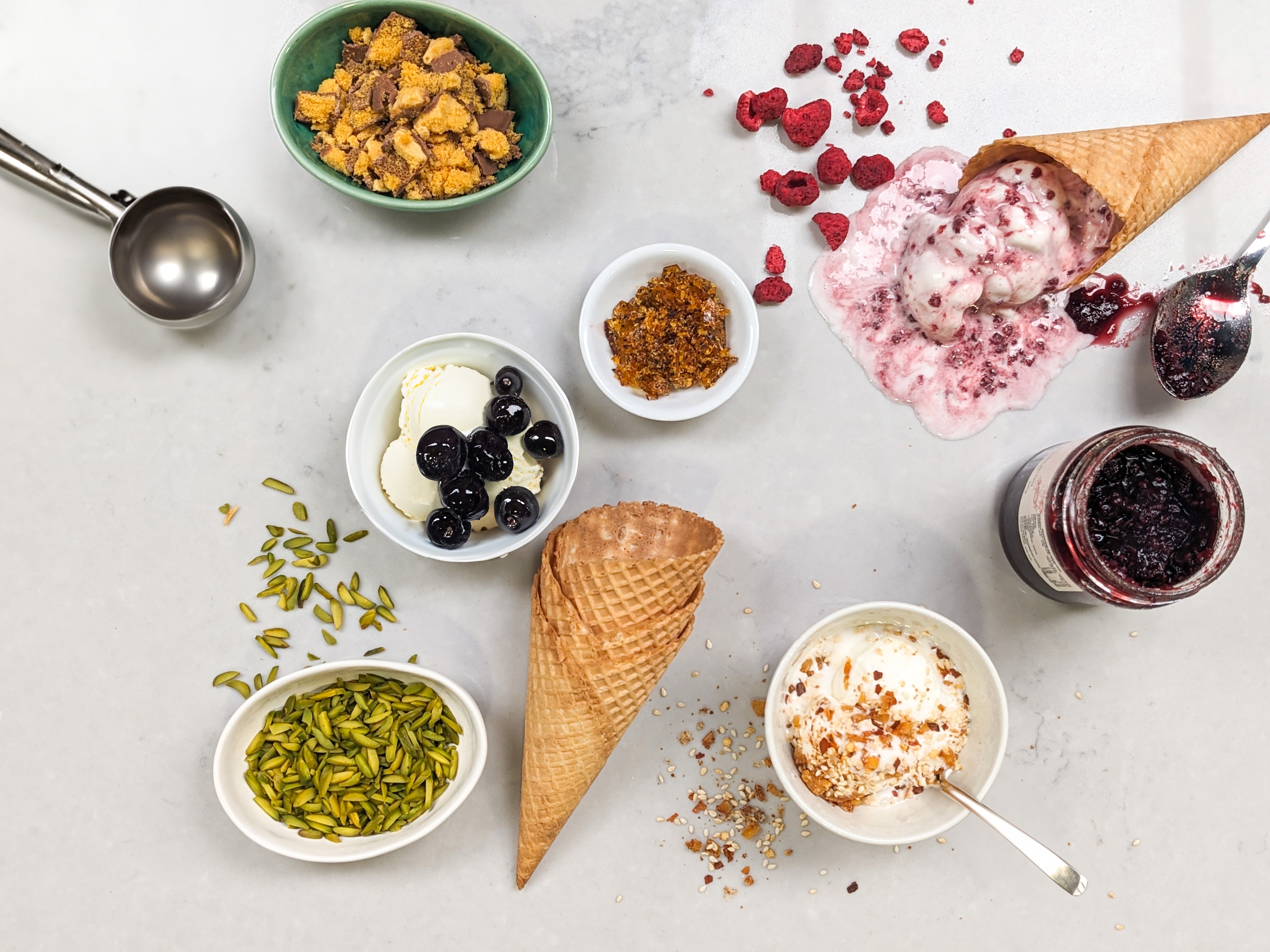
Specialty Sugars
Last updatedWhether you believe that sugar is the number 1 enemy of the state or a wondrous plaything that brings joy to taste buds across the planet, you cannot deny the important role that sugar plays in the world of baking. Even “healthier” substitutes will try to imitate the sweetness, caramelising properties and richness of this delicious ingredient. Take a look at our range of specialty sugars below.
Muscovado Sugar
Muscovado sugar is an unrefined, granulated sugar that brings fruit cakes, chocolate brownies and gingerbread to life. Because it is unrefined, Muscavado Sugar contains all of the original molasses which creates an incredible depth of flavour in your baked goods. This quality also makes it an excellent choice for making your own meat marinades and glazes.
How do I use it?
Muscovado Sugar can be used in the same quantities as refined raw, white and caster sugar, but it is important to remember that all that molasses has a sweetness of its own and is going to pack a punch when substituted for regular baking sugars. Dense slices, mud cakes, and recipes that contain dark fruits respond well to molasses sugars, whereas lighter desserts like sponge and dairy-layden desserts do not.
Brulee Sugar
Creme Brulee sugar has the grain consistency of white sugar, but has had some of the molasses content left in during the refining process. What makes Creme Brulee Sugar so special is that it has a good tolerance to heat, allowing it to melt rather than burn when exposed to high heat or naked flame.
How do I use it?
As the name implies, Creme Brulee Sugar is perfect for creating crunchy toffee on top of Creme Brulee. It can also be used anywhere that you want a crunchy toffee texture or toffee flavour. You can scatter the Brulee Sugar over your dessert and then using either a grill or a brulee gun melt the sugar until it takes on a glossy shine and rich caramel colour.
Coconut Sugar
Used widely through South and South-East Asia, coconut sugar has a mild sweetness with a distinct caramel aftertaste. It is harvested from the flowering buds of coconut palms and the term coconut sugar is often used interchangeably with palm sugar even though palm sugar is an entirely different product. Coconut sugar resembles a traditional brown cane sugar, but with a much finer crystal that has the appearance of finely shaved saw dust. Unlike its sugar cane counterparts coconut sugar does not possess the liquorice/aniseed aftertaste of brown sugar and when used in baking adds a toffee sweetness as opposed to a deeper molasses like flavour.Coconut sugar has been labelled a low GI sugar alternative to cane sugar and is often seen in health food stores, however it is still made up of 70-79% sucrose, 3-9% fructose and 3-9% glucose and should be consumed with just as much moderation as cane sugar.
How do I use it?
The ratio for substituting cane sugar for coconut sugar is 1:1Readily used as a substitute for cane sugars in baked goods, coconut sugar can also be used as a finishing garnish on desserts. Where coconut sugar falls down as a cane sugar substitute is when you try to caramelise it or use if in a toffee. Coconut sugar burns at a very low temperature making it temperamental in confectionery. It also doesn’t respond well to a brulee gun and in our test it actually caught fire and burned away for a good minute.If your recipe calls for significant amounts of liquid like oils, water or milk you should consider adding the coconut sugar to the liquid mass to soak before incorporating it into your dry ingredients. Coconut sugar has a more granular texture so soaking it allows for smoother results in the finished product. We were able to dissolve almost an entire tablespoon of coconut sugar into 2 tablespoons of water at room temperature.Coconut sugar is also commonly used as a cane sugar substitute in coffee and tea, can be used as a sweetener for low GI granolas, mueslis and other cereals.
Pearl Sugar
Commonly seen on German Easter Buns and the Belgian Liege waffles, pearl sugar is made from extruded or sifted chunks of sugar granules. The benefit of pearl sugar is that it’s hailstone like appearance will not alter in the baking process. It is also extremely hard to replicate pearl sugar in the home environment as its formation relies on pressure and/or weight. Extruded pearl sugar generally performs better than sifted pearl sugar as the sugar crystals are more tightly held together blocking precipitation of liquids from the wet ingredients. Pearl sugar can be coloured using small amounts of liquid colour.
How do I use it?
Pearl sugar performs beautifully either on top of baked goods or inside them. Tiny concealed sugar pearls add sweetness and crunch to breads, biscuits and pastries on the inside while creating an authentic European look on the outside.We were able to brulee the pearl sugar successfully and ended up with some beautiful toffee shards reminiscent of Venetian glass
Snow Sugar
One of our most popular products, snow sugar has an important job that it does extremely well, and that job is to dust sweets, pastries and breads and to stay looking like sugar dust. Hydrogenated with a little vegetable fat and starch snow sugar is able to repel the liquid content of baked goods and keep powder coated treats looking as though they were made only seconds ago even if they were made the night before.
How else can I use it?
Snow sugar makes for the perfect packing agent in homemade Turkish delight and for dusting fruit gels. The same insoluble properties that make it perfect for dusting cakes allow you to pack your soft confectionery without fearing that they will stick together.
Maple Sugar
The lightest tasting of our unique sugars, maple sugar is made from the dried crystals of maple tree sap. Much like coconut sugar its sweetness is less intense than cane sugar, but doesn’t have the same caramel flavours of coconut sugar. You can substitute maple sugar for regular cane sugar in most recipes. In using maple sugar for baking we have found that its sweetness if much more pronounced in the finished product than what it is when tasted as granules. To that end you do not need to use as much maple sugar as you would cane sugar.
How do I use it?
The ratio for substituting maple sugar for cane sugar is 3/4 cup of maple sugar to every 1 cup of cane sugar.
Things to know about maple sugar
Maple sugar is relatively unprocessed in comparison to white sugar that undergoes a series of extraction processes, both electrical and chemical, that destroy all vitamin and mineral content. Maple sugar is simply boiled and dried in a much more gentle process. While maple sugar doesn’t contain any vitamins it does contain a range of trace elements including iron, calcium, magnesium, potassium, zinc, copper and manganese which are vital to a range of bodily functions from cell formation to immune system support. Maple sugar contains 54 calories per tablespoon vs. 45 calories in white sugar and like white sugar is considered a calorie-dense, simple sugar that is easily absorbed into the body. Unlike coconut sugar it cannot be considered in any way a low GI alternative to table sugar.

